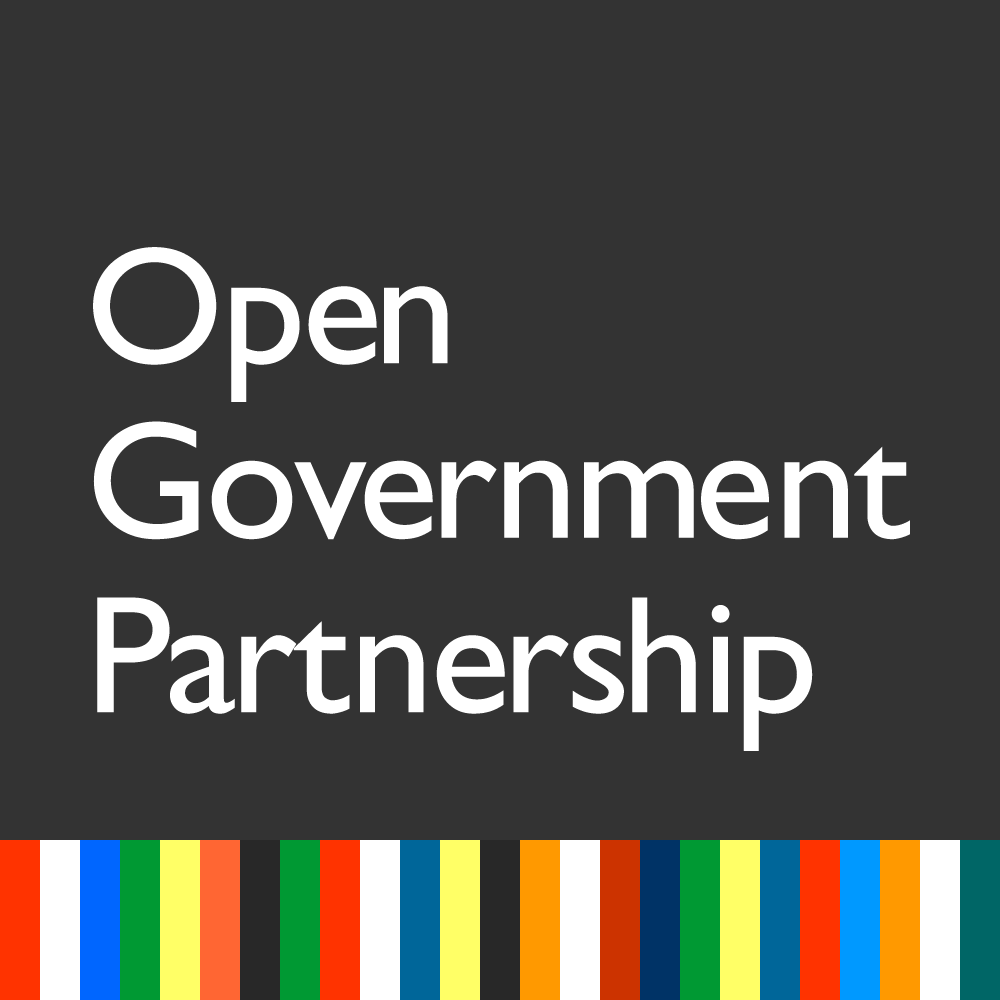The Open Government Partnership (OGP) is an international agreement by governments to create greater transparency, increase civic participation and use new technologies to make their governments more open, effective, and accountable.
Participating in the Open Government Partnership
To participate in the Open Government Partnership, governments show commitment to open government in four key areas – fiscal transparency, access to information, disclosure of income and assets of elected or senior public officials, and citizen engagement. These are measured by objective indicators and validated by independent experts.
When first joining the Partnership, countries must score at least 75 percent of the total possible points available to them across the four key areas areas to be eligible. Once countries have joined, they are regularly assessed to ensure they continue to abide by their commitments and their performance measures are up to date.
Participating countries work in a two-year National Action Plan cycle without gaps between the end of the last action plan and the beginning of the new one. This means every country will be implementing a plan at all times, although individual commitments and milestones may vary in length. In order to achieve this, countries draft their new National Action Plan during the last six months of implementation of the previous plan.
Countries also need to complete two Self-Assessment reports for each action plan. The first is completed after the first year of implementation and the second at the end of the two year plan.
The Independent Reporting Mechanism (IRM) also produces two reports during the two-year cycle, a mid-term progress report and an end-of-term report.




